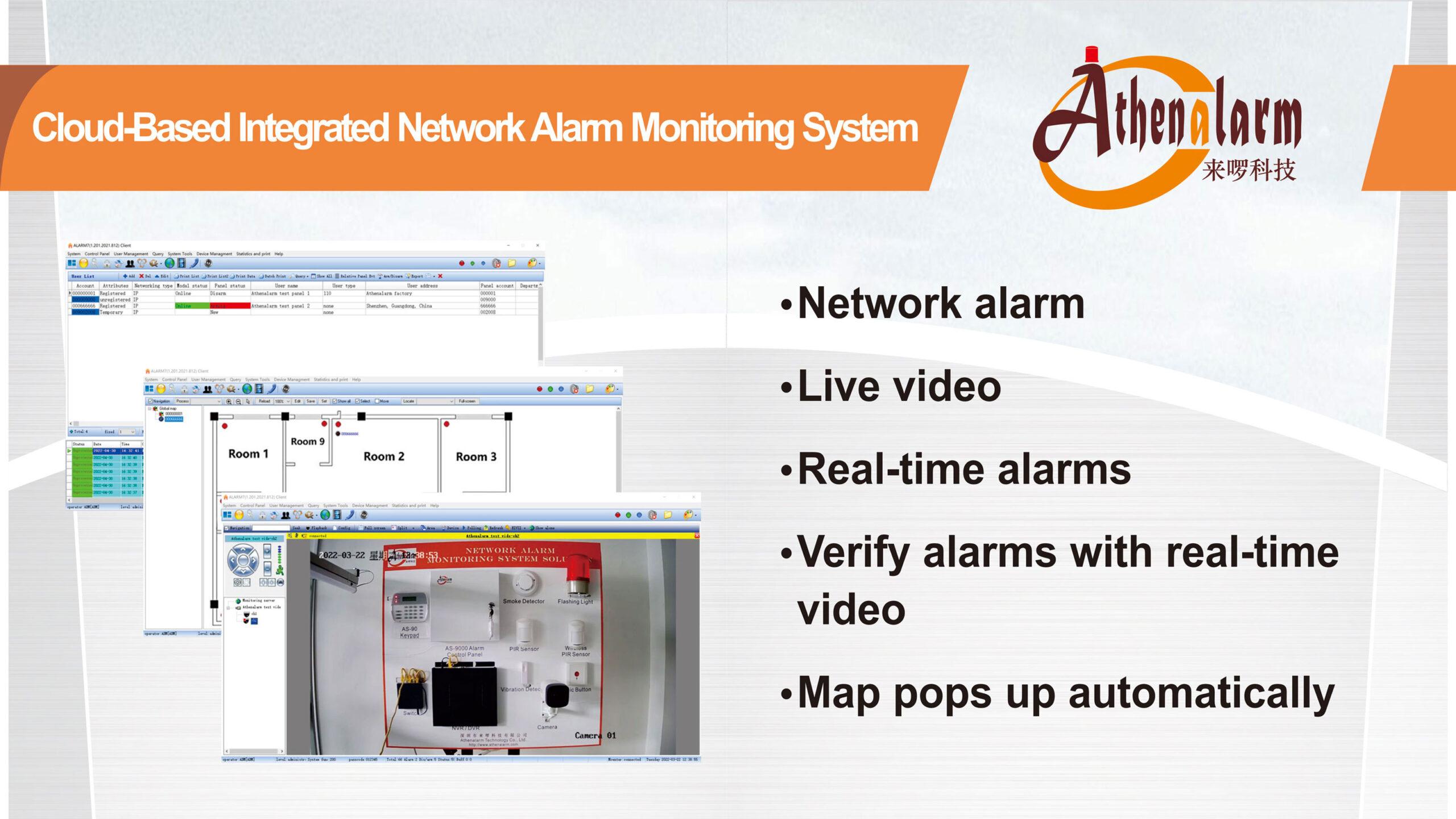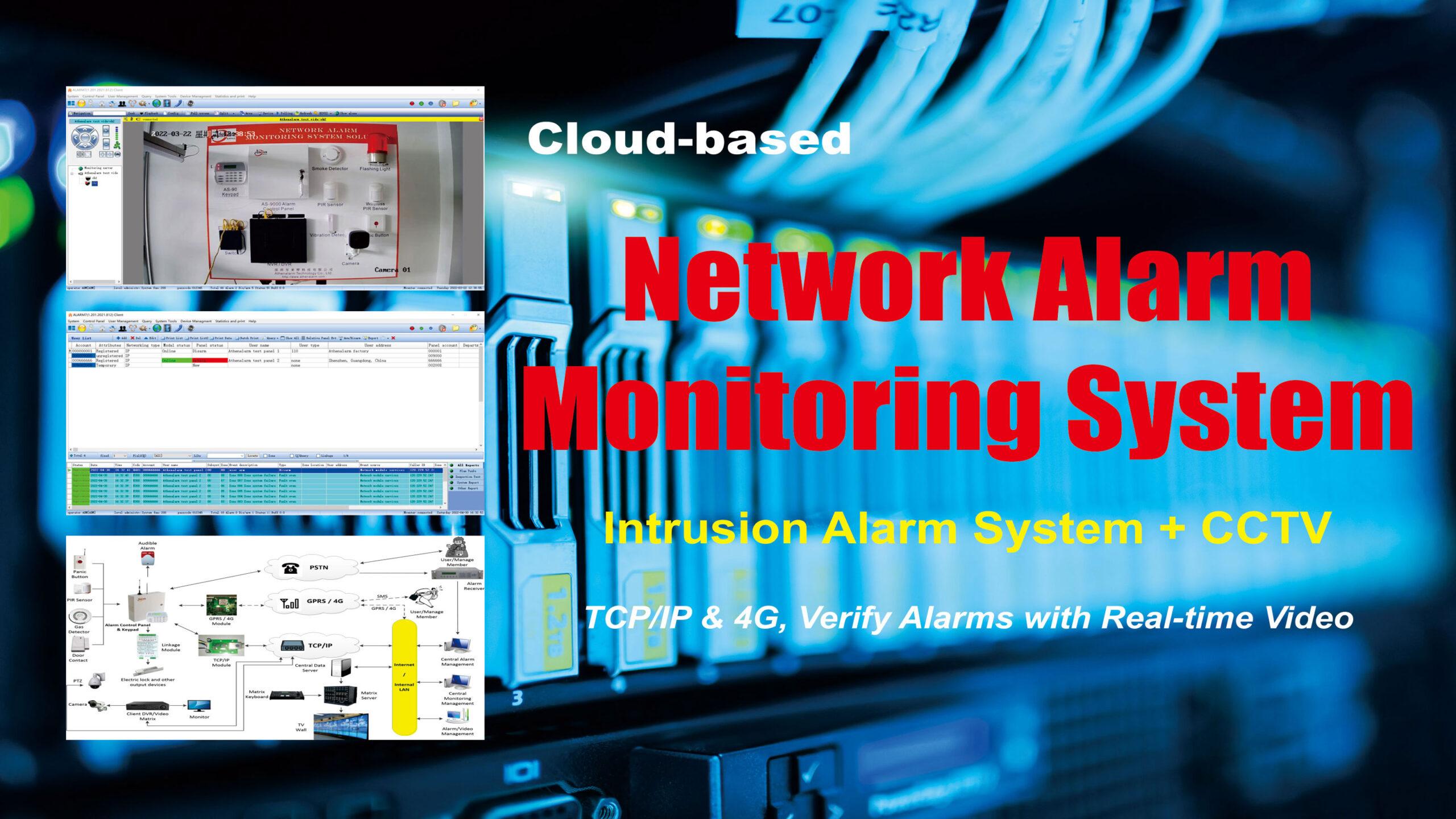



5 Development Trends of Enterprise Security Systems
How enterprises can improve their management level, reduce costs and increase efficiency will become a key issue that needs to be addressed in the development of modern enterprises. The scale of future enterprises will continue to grow, and efficiency will be reflected through large-scale operations. Therefore, there will be an increasing demand for enterprise security systems, which will continue to develop towards digitalization, networking, integration, industrialization, and intelligence to meet the needs of scientific management in enterprises.
1 Digital development trends
From the development trend of video surveillance system, traditional analog cameras are gradually being phased out of the market and replaced by digital high-definition cameras. The type of camera selected for enterprise security systems varies depending on the monitoring area. Generally, high-speed spherical cameras and panoramic cameras are used in the park and surrounding areas. Indoor firearms and hemispherical cameras are commonly used. The data of the enterprise security system can be stored and recorded using digital network cameras (NVRs) for distributed storage, or transmitted to the alarm monitoring center for centralized storage and recording using IPSAN.
2 Networked development trends
With the development of technology, the construction cost of enterprise information networks will become lower and lower, and the areas covered by enterprises will be larger. With the decrease in fiber optic cable prices, many enterprise projects have laid dedicated fiber optic cables to solve data transmission problems. In practical applications, enterprises can build a fiber optic comprehensive data network, where alarm control panels, network cameras, access system, and patrol system information points can all transmit data based on this comprehensive data network, achieving centralized monitoring and data sharing.
3 Industry development trends
Enterprises in different industries may have varying demands for security systems, and their emphasis on demand may also vary. Some enterprises focus on burglar alarm applications, and strengthening the monitoring of entrances and exits and perimeter prevention is particularly important. Some companies focus more on personnel management, so they often use a one card system to achieve unified management of personnel consumption, access system, and vehicle entry and exit, combined with video surveillance for video recording. Some enterprises focus on monitoring the production situation in production areas, especially in some hazardous work areas, and require video surveillance to replace manual inspections. Overall, different industries have different requirements for equipment performance parameters and different requirements for enterprise security systems integration. As a result, a segmented industry market has emerged, and integrators can better create customer value and avoid homogenized competition.
4 Integrated development trends
The demand for enterprise security systems is constantly evolving and improving, and integrated development is the future trend. Integrated management is conducive to unified customer management, reducing system construction and maintenance costs. At the same time, integrated integration also enhances information sharing among various subsystems, allowing video surveillance systems to better integrate with other systems. Through a software management platform, managers can timely understand the entry and exit of personnel and production work in the factory area, and discover loopholes in enterprise management. At present, some companies combine video surveillance with their production management systems, which makes it easier for managers to grasp the situation on the production line timely.
5 Intelligent development trends
Intelligence is the future key trend of enterprise security systems. In the next decade, smart cameras will gradually be applied, and intelligent security systems will make everything simpler and more practical. In practical applications, we can calculate the entry and exit of personnel and vehicles through intelligent cameras, without being limited to access control card swiping and parking card swiping. Through cameras, external intrusion alarms can be analyzed and identified, not necessarily limited to infrared and microwave detectors.
